Home>Garden Essentials>Garden Plants>How To Care For Thyme Indoors
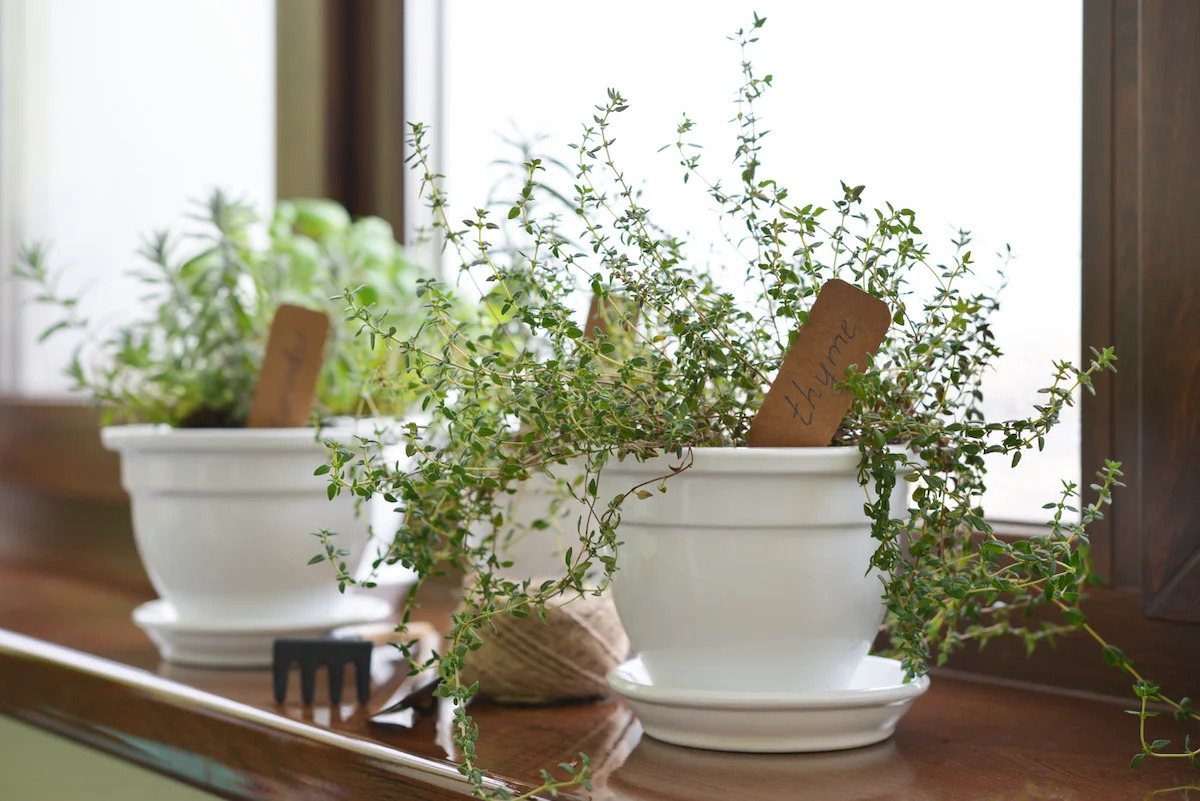

Garden Plants
How To Care For Thyme Indoors
Modified: October 20, 2024
Discover the best tips for caring for thyme plants indoors. Learn about watering, light requirements, and more to keep your thyme healthy and thriving.
(Many of the links in this article redirect to a specific reviewed product. Your purchase of these products through affiliate links helps to generate commission for Storables.com, at no extra cost. Learn more)
Introduction
Welcome to the wonderful world of thyme, a versatile herb with a long history of culinary and medicinal use. With its aromatic scent and unique flavor, thyme adds a delightful touch to numerous dishes. But did you know that you can also grow thyme indoors? Whether you have limited outdoor space or simply want to have fresh herbs at your fingertips all year round, caring for thyme indoors can be a rewarding and convenient endeavor.
In this article, we will guide you through the process of successfully growing and caring for thyme plants indoors. We will explore various aspects, such as choosing the right thyme variety, selecting a suitable indoor location, providing adequate sunlight, maintaining the right temperature and humidity, watering and fertilizing, pruning and harvesting, and managing common pests and diseases.
By following the tips and guidelines outlined here, you will be well on your way to cultivating thriving thyme plants that will not only enhance your culinary creations but also fill your living space with a pleasant and refreshing aroma.
Key Takeaways:
- Elevate your culinary creations and living space with thriving indoor thyme plants. Choose the right variety, provide ample sunlight, and maintain optimal conditions for flavorful, aromatic herbs year-round.
- Cultivate a rewarding indoor thyme garden with proper care. From watering and fertilizing to pruning and pest management, enjoy the process of growing fresh, versatile herbs for your culinary adventures.
Choosing the Right Thyme Variety
When it comes to selecting the right thyme variety for indoor cultivation, there are several options to consider. Each variety has its own unique characteristics, including growth habit, flavor, and appearance. Here are a few popular thyme varieties that are well-suited for indoor growing:
- Common Thyme (Thymus vulgaris): This is the most widely used thyme variety with a strong flavor and a compact growth habit. Common thyme is perfect for culinary purposes and is known for its versatility in various dishes.
- Lemon Thyme (Thymus citriodorus): As the name suggests, lemon thyme has a delightful citrusy aroma and flavor. It is often used in desserts, teas, and dressings. Lemon thyme also has attractive variegated leaves that can add visual interest to your indoor garden.
- Creeping Thyme (Thymus serpyllum): This variety is known for its low, creeping growth habit, making it an excellent choice for ground cover or trailing over the edges of pots or hanging baskets. Creeping thyme is also drought-tolerant and can withstand foot traffic, making it a versatile option for both indoor and outdoor gardening.
- Italian Thyme (Thymus vulgaris ‘Italian’): This variety of thyme has elongated, narrow leaves and a milder flavor compared to common thyme. Italian thyme is often used in Mediterranean and Italian cuisine, adding a subtle herbal note to dishes.
When selecting a thyme variety, consider your personal taste preferences and how you plan to use the herb in your cooking. It’s also important to assess the space you have available for indoor gardening. Some varieties, like creeping thyme, may be more suitable for hanging baskets or larger containers, while compact varieties like common thyme can thrive in smaller pots on a windowsill.
Once you’ve chosen the right thyme variety, it’s time to find a suitable indoor location where your plants can flourish. Let’s explore this in the next section.
Selecting a Suitable Indoor Location
Choosing the right location for your indoor thyme plants is crucial for their overall health and growth. Here are some factors to consider when selecting a suitable spot:
- Sunlight: Thyme plants thrive in bright, direct sunlight. It is essential to place your thyme plants in a location where they can receive at least 6-8 hours of sunlight per day. A south-facing window is ideal for this purpose. If you don’t have access to sufficient natural light, you can also use fluorescent grow lights to supplement the light requirements of your thyme plants.
- Air Circulation: Good air circulation is important for preventing pests and diseases and promoting healthy growth. Avoid placing your thyme plants in areas that are prone to stagnant air, such as corners or rooms with poor ventilation. If necessary, use a small fan to improve air circulation.
- Temperature: Thyme plants prefer moderate temperatures ranging from 60-75°F (15-24°C). Avoid placing them in areas with extreme heat or cold, such as near radiators or air conditioning vents. It’s also important to keep the plants away from drafts, as sudden temperature changes can stress the plants.
- Humidity: Thyme plants prefer low to moderate humidity levels. High humidity can lead to fungal diseases, so it’s best to avoid placing them in areas like bathrooms or kitchens where humidity levels may be constantly high. If the air in your home is very dry, you can increase the humidity around the plants by using a humidifier or placing a tray of water near the plants.
Take some time to assess different areas in your home and find the best spot that meets these criteria. Keep in mind that you may need to experiment and adjust the location based on the specific needs of your thyme plants and the conditions in your home.
Now that you have selected a suitable indoor location for your thyme plants, let’s move on to the next important step: providing adequate sunlight.
Providing Adequate Sunlight
Sunlight is essential for the growth and development of thyme plants. Proper sunlight exposure not only ensures healthy foliage but also enhances the flavor and aroma of the herb. Here are some tips for providing adequate sunlight to your indoor thyme plants:
- South-Facing Window: If possible, place your thyme plants near a south-facing window. This direction receives the most sunlight throughout the day, especially during the winter months when the sun is lower in the sky. Make sure that the window is not obstructed by trees, buildings, or other structures that may cast shadows on the plants.
- Rotate the Plants: Thyme plants tend to lean towards the light source. To ensure even growth, rotate the pots every week to expose all sides of the plants to sunlight. This will help prevent lopsided growth and ensure that all parts of the plant receive adequate light.
- Supplement with Grow Lights: If you don’t have access to a suitable south-facing window or if natural light is limited, you can supplement the light requirements of your thyme plants with artificial grow lights. LED or fluorescent grow lights are effective options for providing the necessary spectrum of light. Place the lights about 6-12 inches (15-30 cm) above the plants and keep them on for 12-16 hours per day.
Keep in mind that thyme plants thrive in bright, direct sunlight. However, they can tolerate some shade, especially during the hottest part of the day. Avoid placing them in areas with intense, prolonged direct sunlight, as this can scorch the leaves. If you notice any signs of sunburn, such as yellowing or browning of the foliage, move the plants to a slightly shadier location.
By ensuring that your thyme plants receive adequate sunlight, you are setting the stage for healthy growth. In the next section, we will explore the importance of maintaining the right temperature and humidity for your indoor thyme plants.
Maintaining the Right Temperature and Humidity
Proper temperature and humidity levels are crucial for the overall health and well-being of your indoor thyme plants. By maintaining the right environment, you can ensure optimal growth and prevent common issues such as leaf yellowing or fungal diseases. Here are some tips to help you maintain the right temperature and humidity for your thyme plants:
- Temperature: Thyme plants thrive in moderate temperatures ranging from 60-75°F (15-24°C). Avoid placing them in areas with extreme heat or cold, such as near radiators, air conditioning vents, or drafty windows. Fluctuations in temperature can stress the plants and inhibit their growth. If the temperature in your home is consistently outside the optimal range, consider using a space heater or a fan to regulate the temperature around the thyme plants.
- Humidity: Thyme plants prefer low to moderate humidity levels. High humidity can create a favorable environment for fungal diseases, while low humidity can cause the leaves to dry out. Aim for a humidity level of around 40-50%. If the air in your home is very dry, especially during the winter months when indoor heating can lower humidity levels, you can increase humidity around the plants by using a humidifier or placing a tray filled with water near the plants. As the water evaporates, it will increase the moisture levels in the surrounding air.
Monitoring the temperature and humidity levels in your home is important, especially if you live in an area with extreme weather conditions. You can use a digital thermometer and hygrometer to accurately measure temperature and humidity. These devices will help you identify any fluctuations or imbalances, allowing you to make the necessary adjustments to create a favorable environment for your thyme plants.
By maintaining the right temperature and humidity, you are providing optimal growing conditions for your indoor thyme plants. In the next sections, we will explore how to properly water and fertilize your thyme plants to ensure their continued health and vigor.
Watering Thyme Plants
Proper watering is essential for the health and vitality of your indoor thyme plants. Since thyme is native to dry Mediterranean regions, it prefers well-draining soil and does not tolerate excessive moisture. Here are some important tips to keep in mind when watering your thyme plants:
- Allow the Soil to Dry: Thyme plants prefer slightly dry conditions, so it’s important to allow the soil to dry out between waterings. Stick your finger about an inch (2.5 cm) into the soil to check for moisture. If the soil feels dry at this depth, it’s time to water the plant. Avoid overwatering, as this can lead to root rot and other fungal diseases.
- Water Thoroughly: When you do water your thyme plants, make sure to water thoroughly. This means watering until the excess water drains out of the bottom of the pot. This helps to flush out any accumulated salts and ensures that the entire root system receives adequate moisture.
- Use a Well-Draining Soil Mix: Thyme plants require well-draining soil to prevent waterlogged roots. Use a lightweight potting mix specifically designed for herbs or mix your own by combining equal parts of potting soil, perlite, and coarse sand. This mixture will provide good drainage while retaining enough moisture for the plants.
- Avoid Mistings: Thyme plants do not require or benefit from frequent mistings. This can increase humidity levels around the plant and promote the growth of fungal diseases. Instead, focus on watering the soil directly.
- Adjust Watering Frequency: The frequency of watering will depend on various factors such as the size of the pot, temperature, humidity, and individual plant needs. As a general guideline, water the thyme plants when the top inch (2.5 cm) of soil feels dry to the touch.
It’s important to strike a balance when it comes to watering your thyme plants. Avoid both overwatering and underwatering. Over time, you will become familiar with the specific watering needs of your plants and can adjust accordingly.
Next, let’s explore the topic of fertilizing thyme plants to ensure they receive the proper nutrients for optimal growth and flavor.
When caring for thyme indoors, make sure to place it in a sunny location with well-draining soil. Water it when the top inch of soil is dry, and avoid overwatering to prevent root rot. Trim the plant regularly to encourage bushy growth.
Fertilizing Thyme Plants
While thyme plants are relatively low-maintenance when it comes to fertilizing, providing them with some nutrients can help promote healthy growth and enhance their flavor. Here are some tips for fertilizing your indoor thyme plants:
- Choose the Right Fertilizer: Opt for a balanced, water-soluble fertilizer with equal ratios of nitrogen (N), phosphorus (P), and potassium (K). Look for a fertilizer specifically labeled for herbs or use a general-purpose fertilizer with a ratio of 10-10-10. Avoid using high-nitrogen fertilizers, as they can encourage excessive leaf growth at the expense of essential oils and flavor.
- Start Fertilizing When Needed: Thyme plants do not require frequent fertilization. It’s best to wait until the plants are established and actively growing before applying fertilizer. This is usually about a month after transplanting or when you notice new growth emerging.
- Follow Package Instructions: Read the instructions on the fertilizer package carefully and follow the recommended dosage and frequency. Over-fertilizing can lead to nutrient burn and cause damage to the plant.
- Apply Fertilizer Sparingly: Since thyme plants prefer slightly lean soil, it’s important to apply fertilizer sparingly. Dilute the fertilizer according to package instructions and use it to water the plants. Avoid getting the fertilizer directly on the leaves to prevent burning.
- Fertilize During the Growing Season: Thyme plants benefit from fertilization during the active growing season, which is typically in spring and summer. As the plants enter their dormant period in fall and winter, reduce or stop fertilizing to mimic their natural growth cycle.
Remember, it’s important not to over-fertilize your thyme plants. Excessive nutrient levels can lead to imbalances and negatively affect the plant’s flavor and aroma. When in doubt, it’s better to slightly under-fertilize than overdo it.
In the next section, we will delve into the topic of pruning and harvesting thyme, which is essential for maintaining healthy and productive plants.
Pruning and Harvesting Thyme
Pruning and harvesting thyme not only helps maintain the plant’s shape and size but also encourages healthy growth and maximizes its flavor and aroma. Here are some guidelines for pruning and harvesting your indoor thyme plants:
- Pruning for Shape and Vigor: Regular pruning helps promote bushier growth and prevents the plant from becoming leggy. Pinch back the tips of the branches regularly, especially when the plant is young, to encourage branching. Also, remove any dead or yellowing leaves to maintain a tidy appearance.
- Harvesting Leaves: You can start harvesting thyme leaves once the plant reaches about 6-8 inches (15-20 cm) in height. Harvesting can be done throughout the growing season, but it’s best to avoid removing more than one-third of the plant’s foliage at a time. When harvesting, use scissors or pruners to snip off the stems just above a leaf node, which is the point where a pair of leaves emerges from the stem.
- Preserving Thyme: Thyme leaves can be used fresh or preserved for future use. To dry the leaves, tie a bunch of stems together and hang them upside down in a cool, well-ventilated area. Once dry, remove the leaves from the stems and store them in an airtight container in a cool, dark place. Alternatively, you can also freeze the leaves by placing them in an ice cube tray, covering them with water, and freezing. This way, you can easily add frozen thyme cubes to your dishes for a burst of flavor.
Pruning and harvesting should be done regularly but in moderation to ensure the overall health and productivity of your thyme plants. Remember to use sharp, clean tools when pruning or harvesting to minimize the risk of disease transmission.
In the next section, we will discuss common pest and disease management for thyme plants to help you keep your green companions healthy and thriving.
Common Pest and Disease Management
Thyme plants are generally hardy and have natural repellent properties that help protect them from pests and diseases. However, it’s still important to be vigilant and take preventive measures to keep your indoor thyme plants healthy. Here are some common pests and diseases that may affect thyme, along with management strategies:
- Aphids: Aphids are small, soft-bodied insects that suck the sap from thyme leaves, causing them to wilt and distort. To control aphids, you can try spraying a mixture of water and mild soap or neem oil on the affected plants. Alternatively, introduce natural predators like ladybugs or lacewings, which feed on aphids.
- Spider Mites: Spider mites are tiny pests that can cause yellowing and stippling on thyme leaves. They also produce fine webbing. Regularly showering the plants with water can help keep spider mites at bay. If an infestation occurs, use insecticidal soap or neem oil to control them.
- Root Rot: Overwatering and poorly draining soil can lead to root rot, a fungal disease that affects the roots of thyme plants. To prevent root rot, ensure that the soil has good drainage. If root rot is suspected, remove the affected plant from its pot, trim away any black or mushy roots, and repot it in fresh, well-draining soil.
- Powdery Mildew: Powdery mildew is a common fungal infection that appears as a white, powdery substance on the leaves of thyme plants. Proper air circulation and avoiding overhead watering can help prevent this disease. If powdery mildew does occur, use organic fungicides specifically formulated for powdery mildew on herbs.
- Leaf Spot: Leaf spot is another fungal disease that causes dark spots on thyme leaves. To manage leaf spot, promptly remove and dispose of any infected leaves. Ensure that the plants have proper air circulation, and avoid overhead watering to prevent the spread of the disease.
Regularly inspecting your thyme plants for signs of pests or diseases is crucial. Catching and addressing any issues early on can help prevent extensive damage and maintain the overall health of your plants.
In the next section, we will address some frequently asked questions (FAQs) related to caring for thyme plants indoors.
Frequently Asked Questions (FAQs)
Q: How often should I water my indoor thyme plants?
A: Thyme plants prefer slightly dry conditions, so allow the soil to dry out between waterings. Depending on factors like temperature and humidity, you’ll likely need to water your thyme plants once every 7-10 days. Always check the moisture level in the soil before watering.
Q: Can I grow thyme indoors without access to direct sunlight?
A: While thyme plants thrive in bright, direct sunlight, they can tolerate some shade. If you don’t have access to direct sunlight, you can use fluorescent grow lights to provide the necessary light for your thyme plants.
Q: Can I use any type of soil for my indoor thyme plants?
A: Thyme plants prefer well-draining soil. It’s best to use a lightweight potting mix specifically designed for herbs or create your own mix using equal parts potting soil, perlite, and coarse sand. This mixture ensures good drainage while retaining some moisture.
Q: How can I propagate new thyme plants from existing ones?
A: Thyme can be easily propagated through stem cuttings. Cut a 3-4 inch (7-10 cm) stem from the parent plant, remove the lower leaves, and plant it in a small pot with moist potting soil. Keep the soil slightly moist and place the cutting in a bright location. Roots should develop within a few weeks.
Q: Can I use fresh thyme leaves directly in my cooking?
A: Yes, fresh thyme leaves can be used directly in cooking. Simply strip the leaves from the stems, chop as needed, and add them to your dishes. Fresh thyme adds a delightful flavor and aroma to a variety of recipes.
Q: How long do thyme plants typically live?
A: With proper care, thyme plants can live for several years. However, their productivity and flavor may decrease over time. It’s best to replace thyme plants every 2-3 years or when you notice a decline in their health and vigor.
These FAQs provide answers to common questions about growing thyme plants indoors. If you have any specific concerns or further inquiries, don’t hesitate to consult gardening resources or seek advice from experienced growers.
With the knowledge gained from this article, you are well-equipped to successfully care for thyme plants indoors.
Happy gardening and enjoy the fresh and flavorful thyme!
Conclusion
Growing thyme indoors is a rewarding and convenient way to have fresh herbs at your fingertips all year round. With the right care and attention, you can cultivate healthy, thriving thyme plants that will enhance your culinary creations and fill your living space with a delightful aroma.
Choosing the right thyme variety, such as common thyme, lemon thyme, or Italian thyme, is the first step in successful indoor cultivation. Ensure you provide a suitable indoor location with ample sunlight, good air circulation, and optimal temperature and humidity levels.
Watering your thyme plants properly, allowing the soil to slightly dry out between waterings, and using well-draining soil are essential for their health. Additionally, providing the necessary nutrients through appropriate fertilization helps promote vigorous growth and flavorful leaves.
Pruning and harvesting your thyme plants regularly not only maintains their shape and appearance but also encourages bushier growth and ensures the best flavor. Proper pest and disease management, such as controlling aphids and spider mites or preventing root rot and powdery mildew, is vital for the overall health and well-being of your plants.
By following the tips and guidelines outlined in this article, you can enjoy a bountiful harvest of fresh thyme and elevate your culinary creations with its aromatic flavor. Experiment with different recipes and preservation methods like drying or freezing to make the most of your thyme harvest.
Remember to have fun and enjoy the process of caring for your indoor thyme plants. Gardening is a wonderful way to connect with nature and experience the joys of growing your own herbs. With a little dedication and TLC, you can create a thriving indoor thyme garden that will bring you joy and delicious flavors for years to come.
So go ahead, get started on your indoor thyme adventure, and let the delightful aroma and taste of this versatile herb enrich your culinary endeavors! Happy growing!
Frequently Asked Questions about How To Care For Thyme Indoors
Was this page helpful?
At Storables.com, we guarantee accurate and reliable information. Our content, validated by Expert Board Contributors, is crafted following stringent Editorial Policies. We're committed to providing you with well-researched, expert-backed insights for all your informational needs.
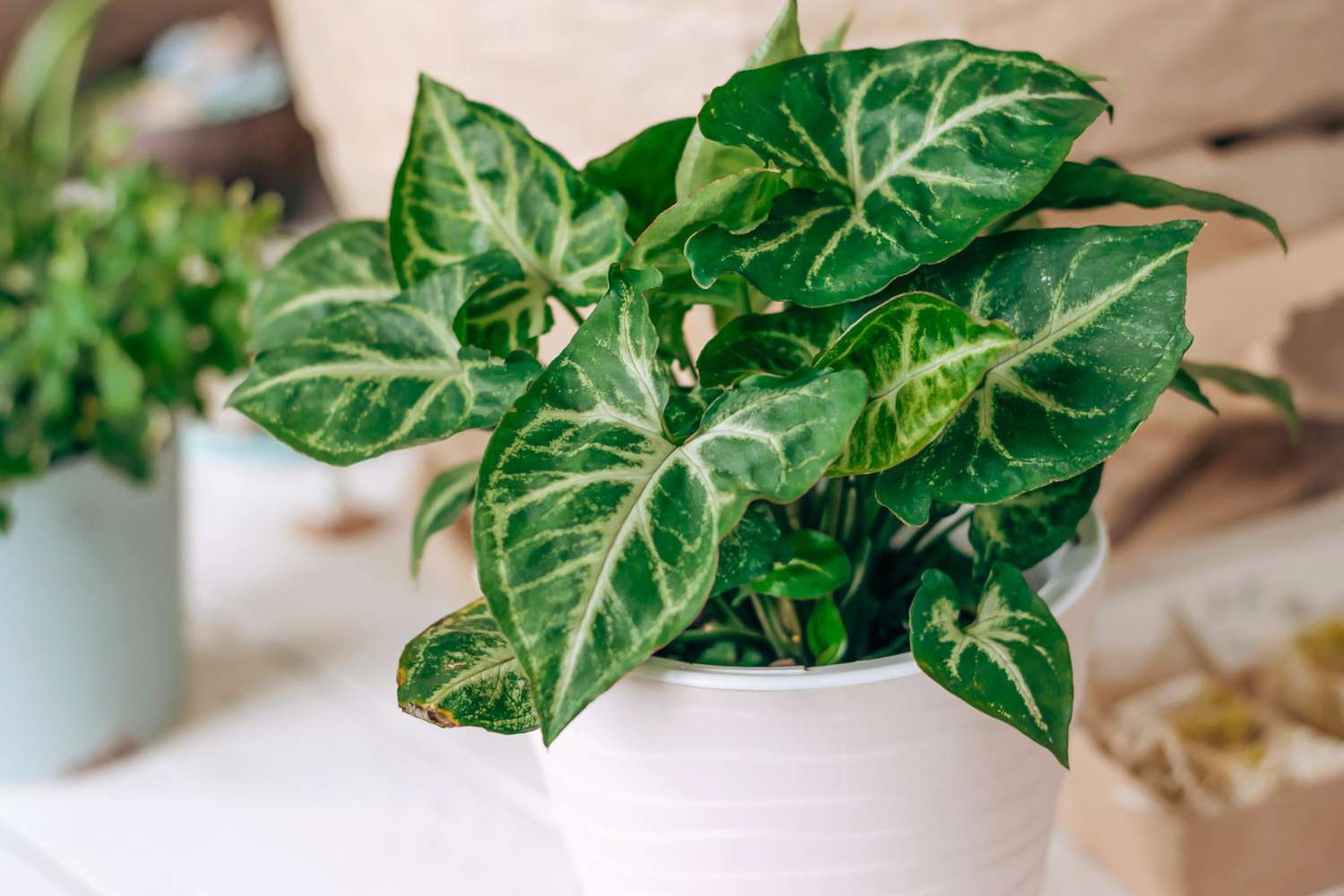
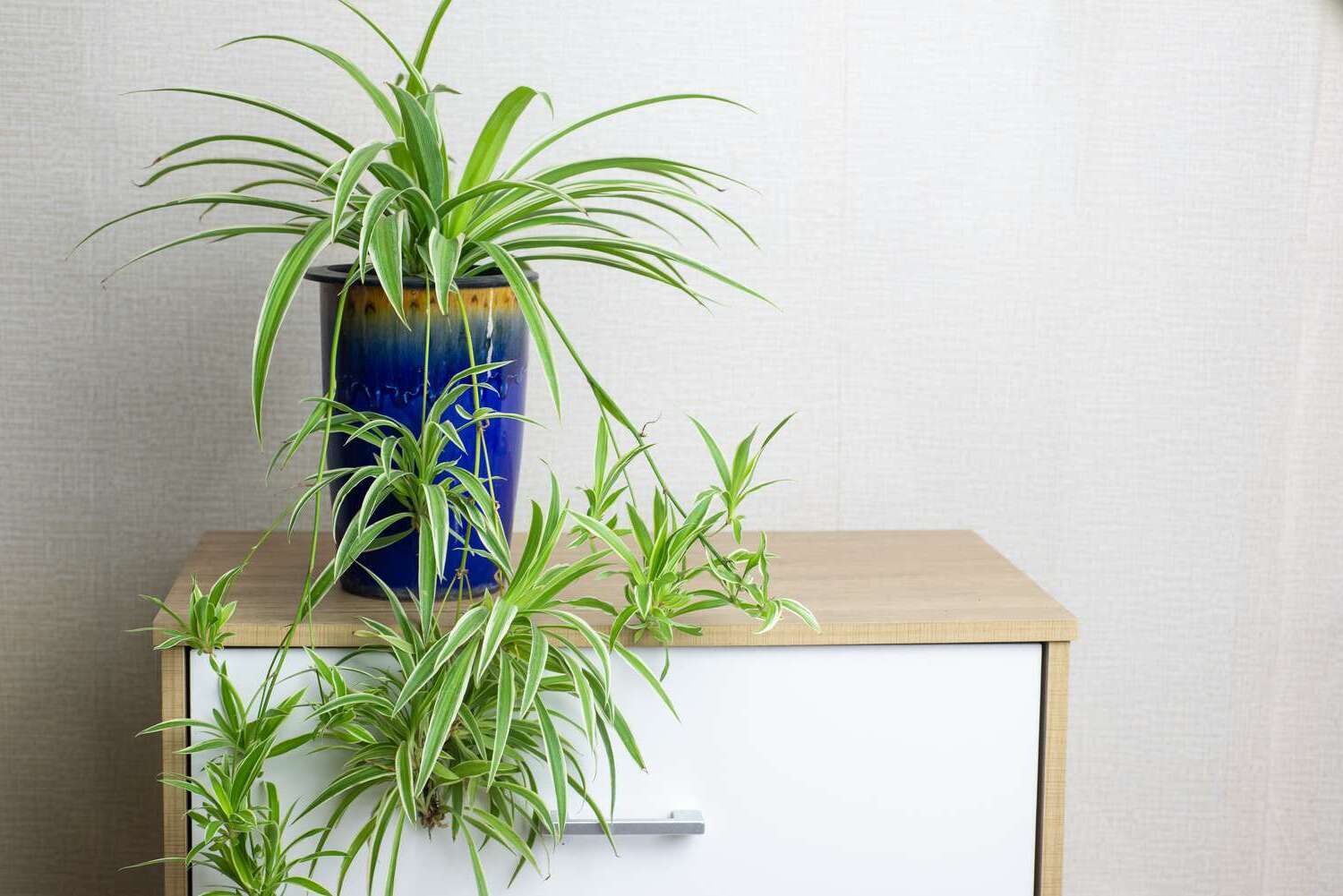
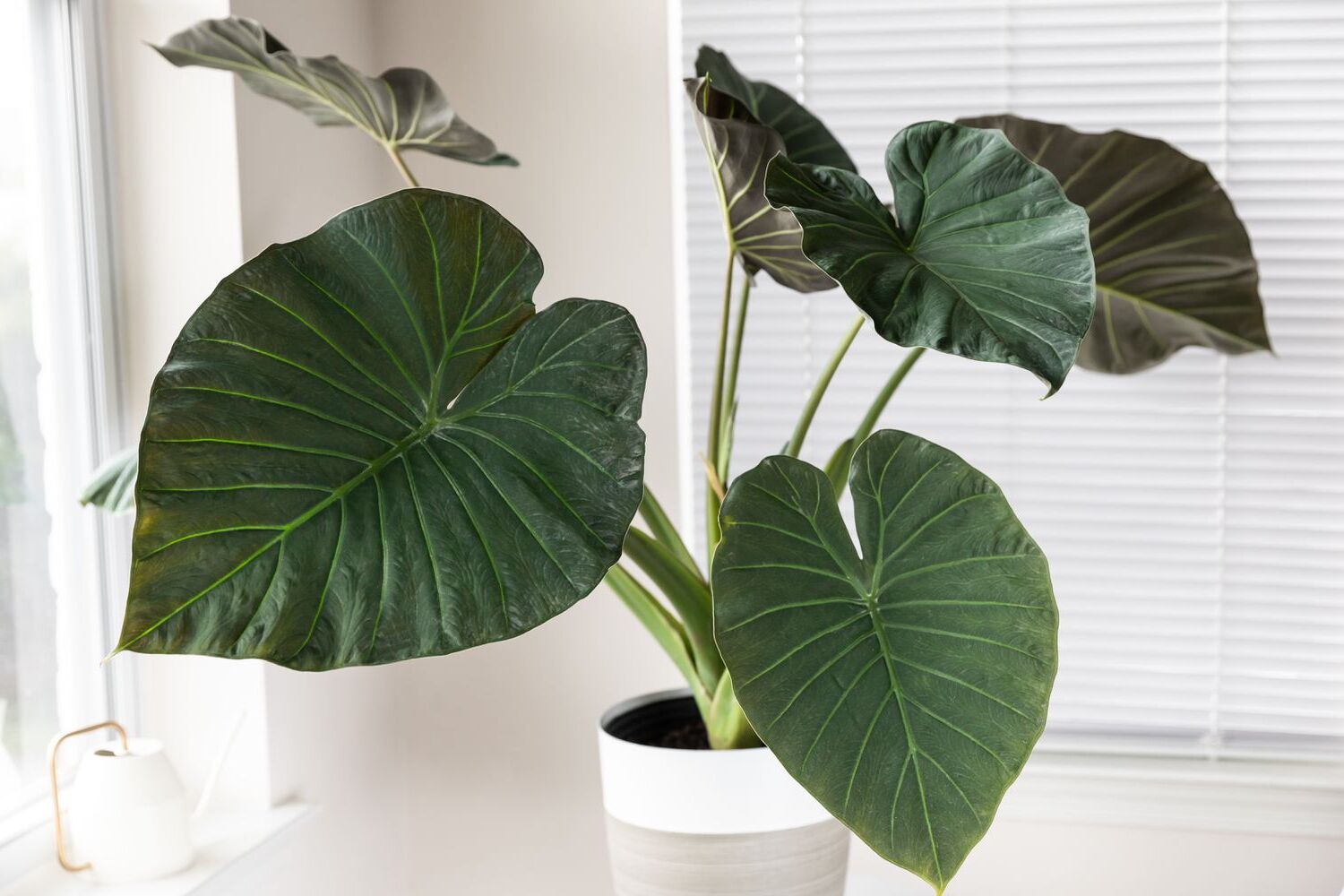
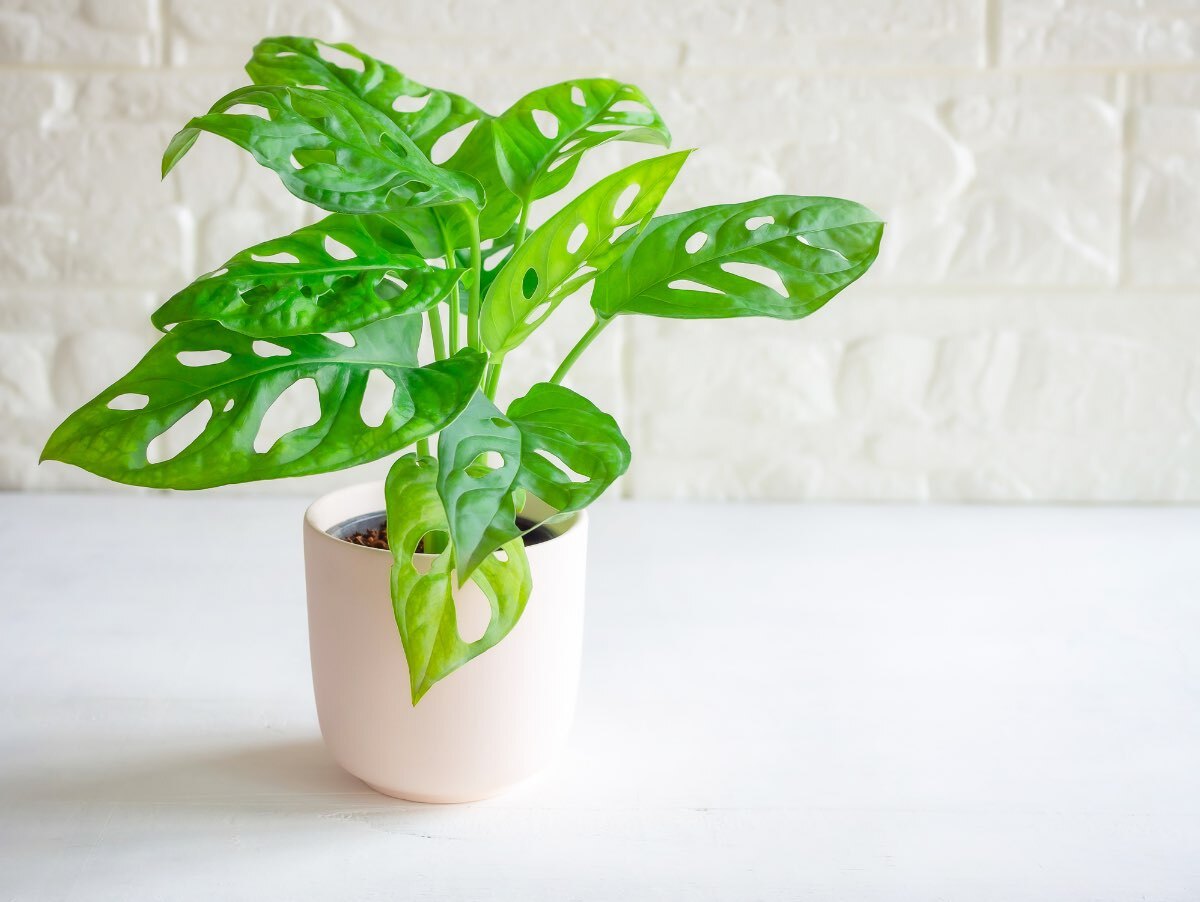
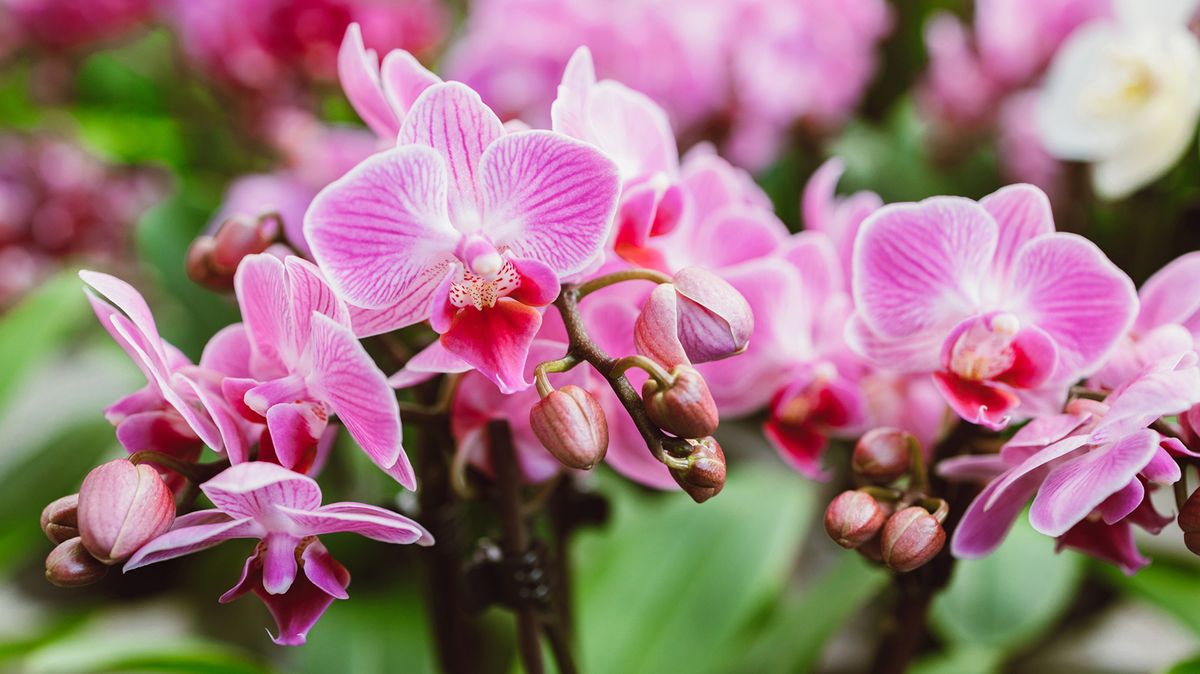
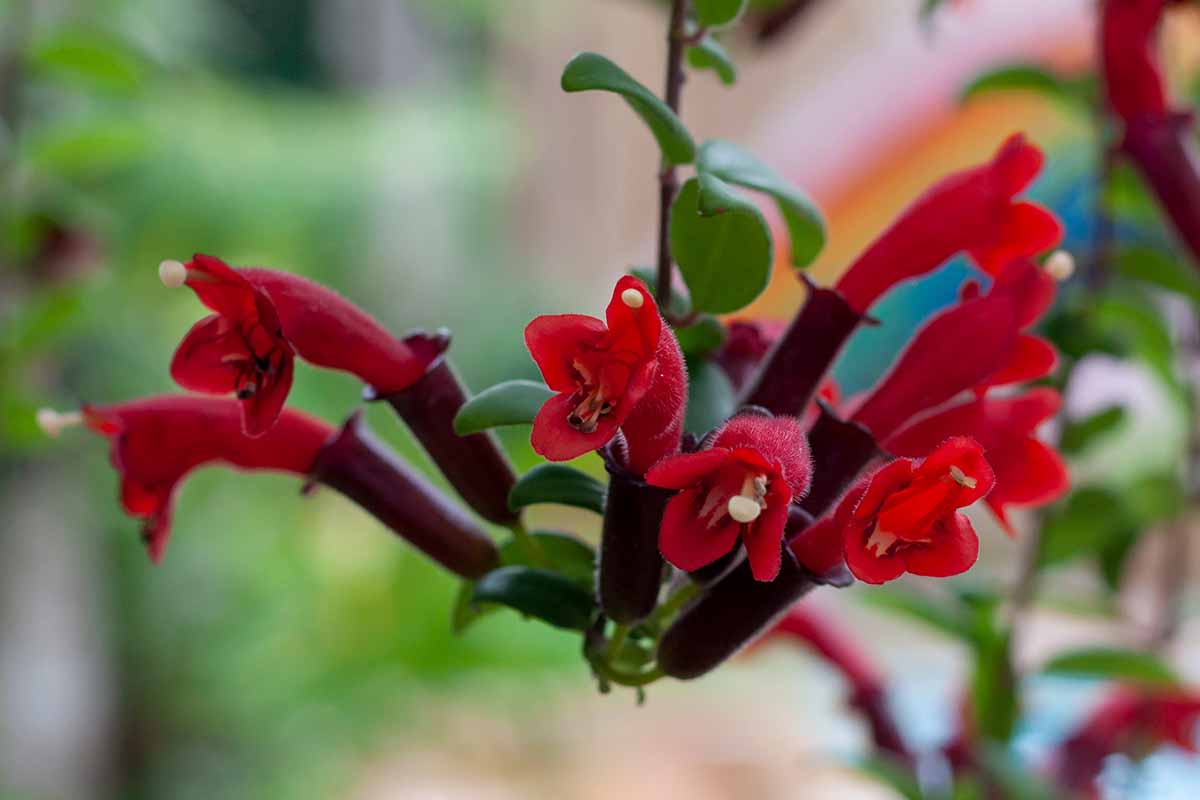
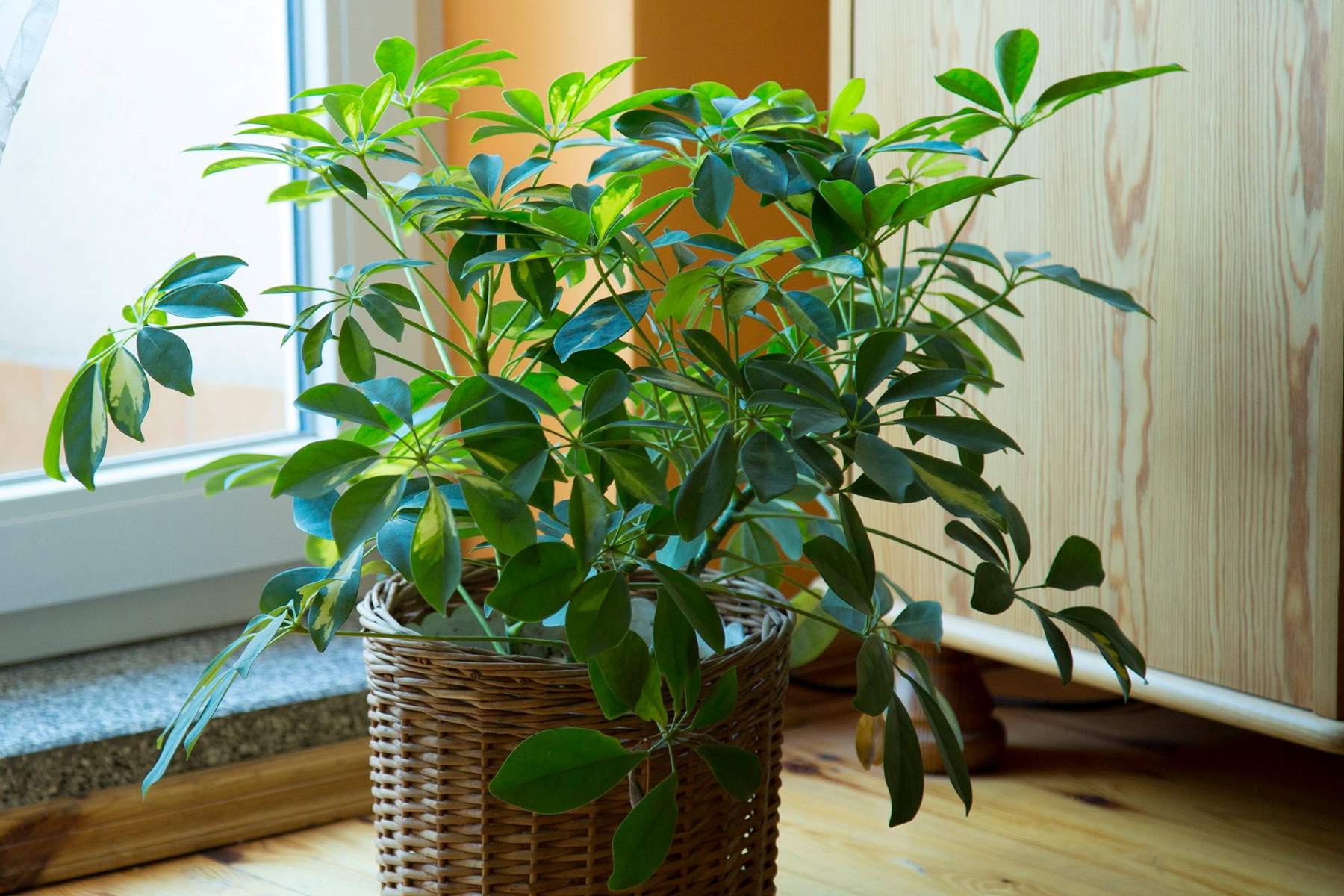
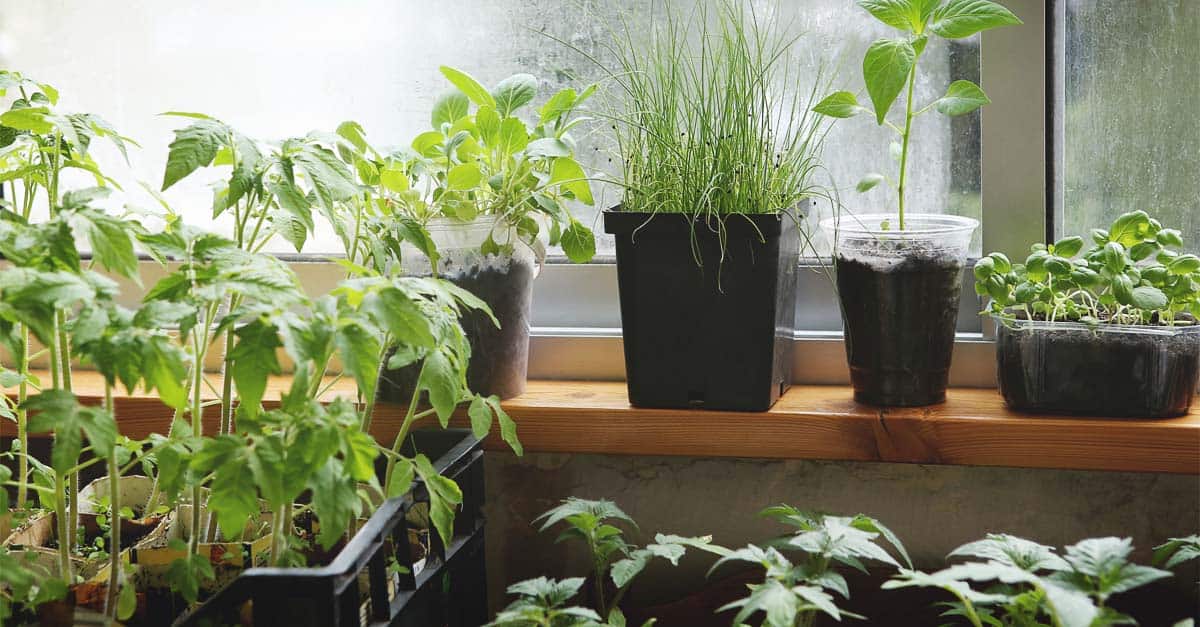
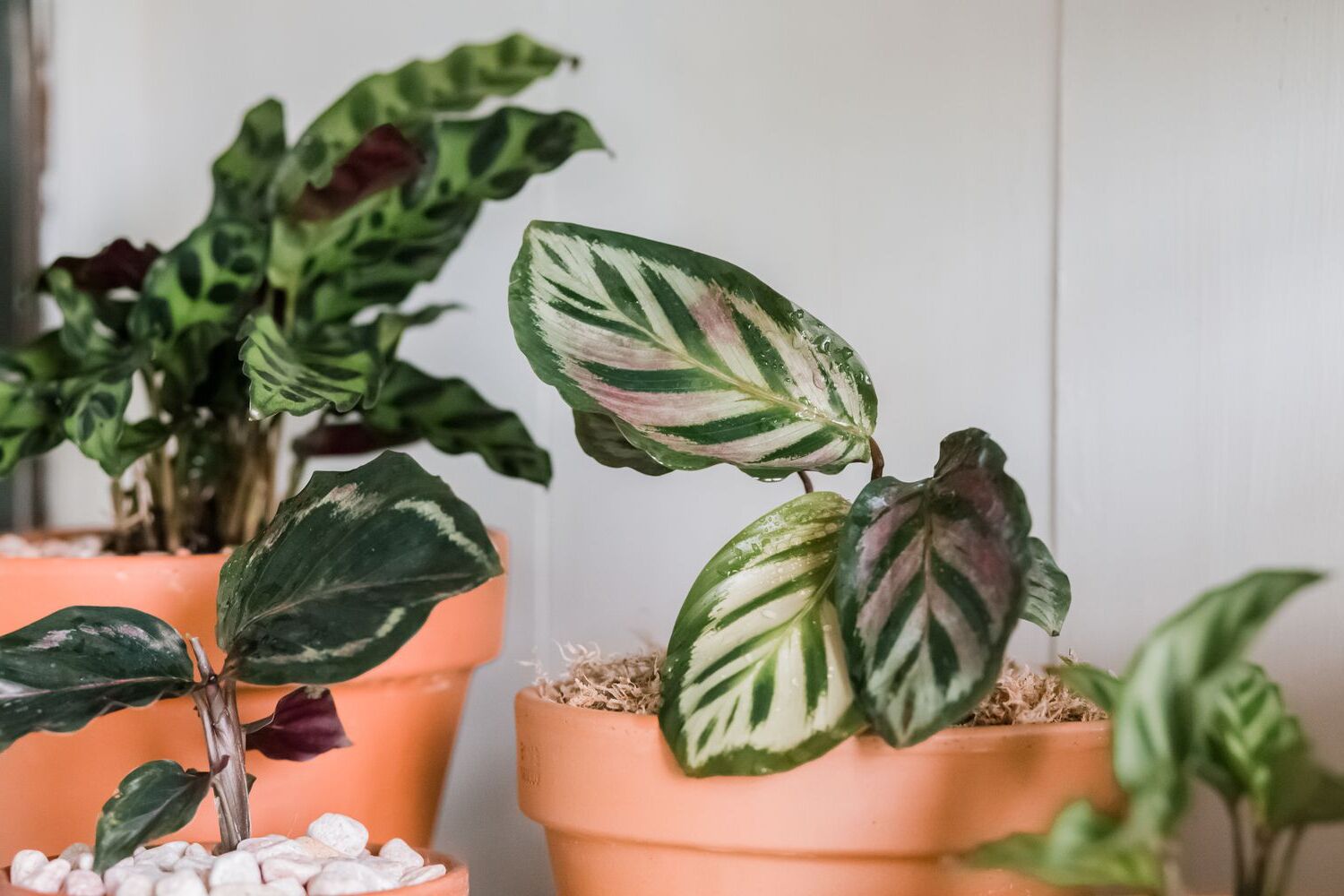
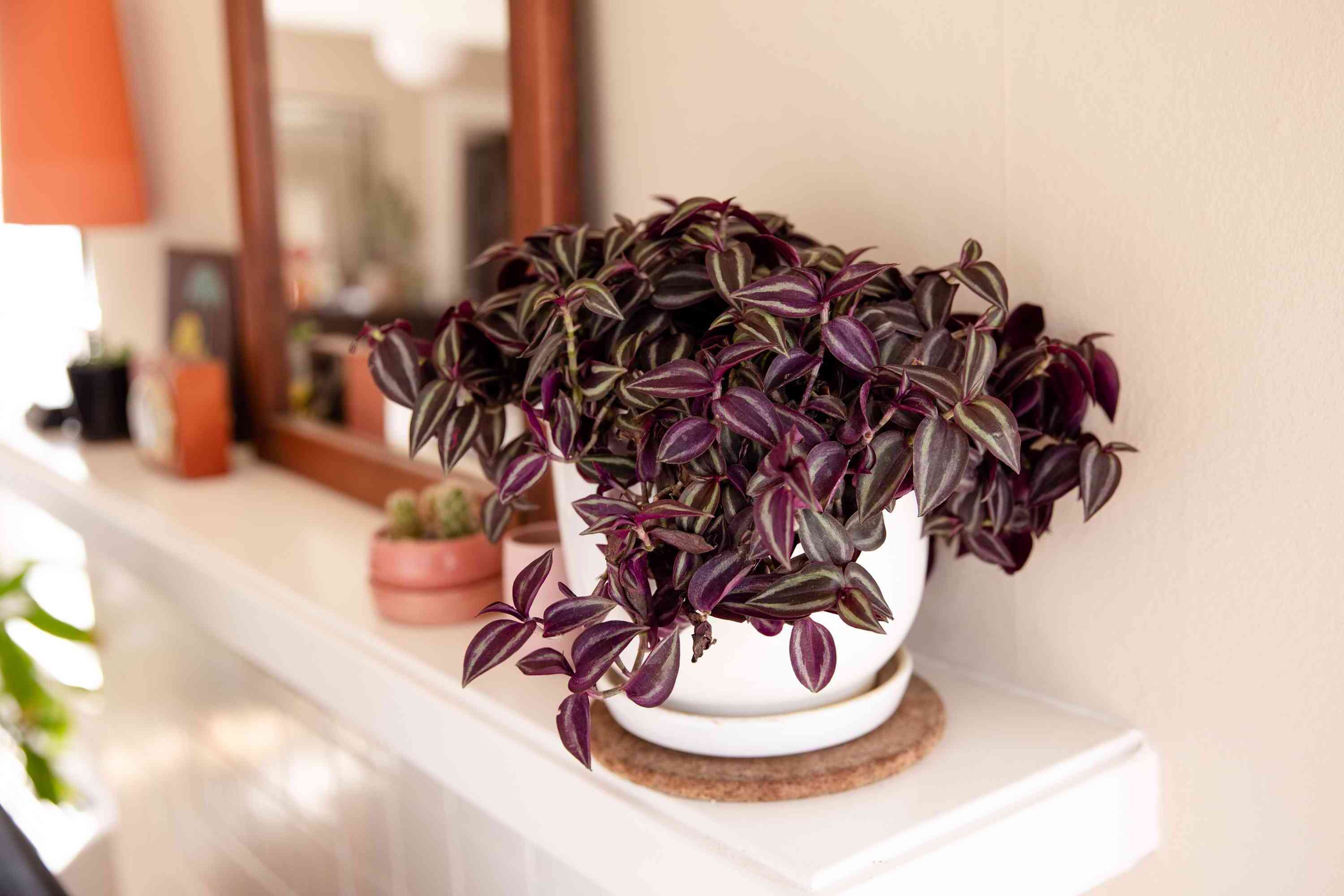
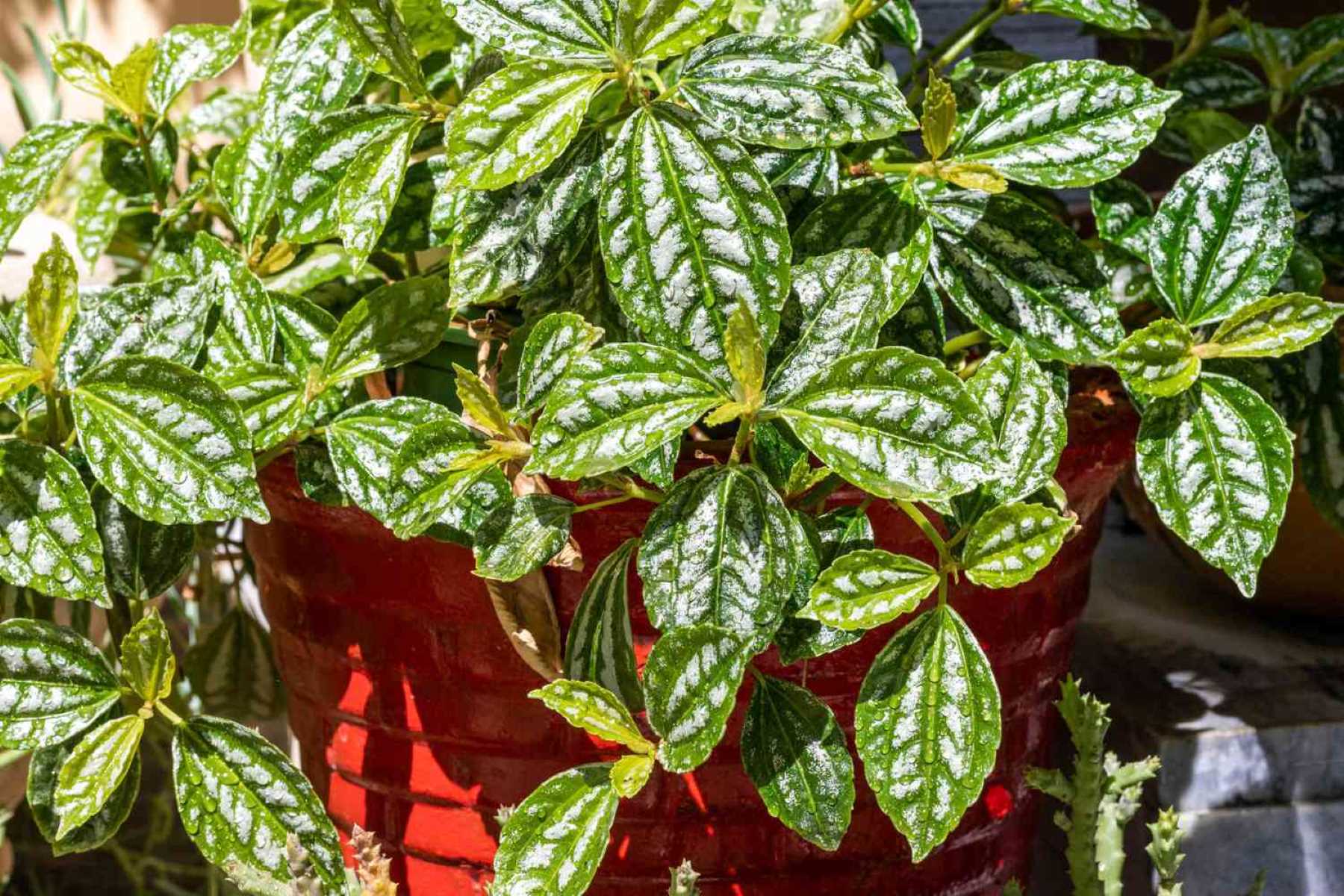
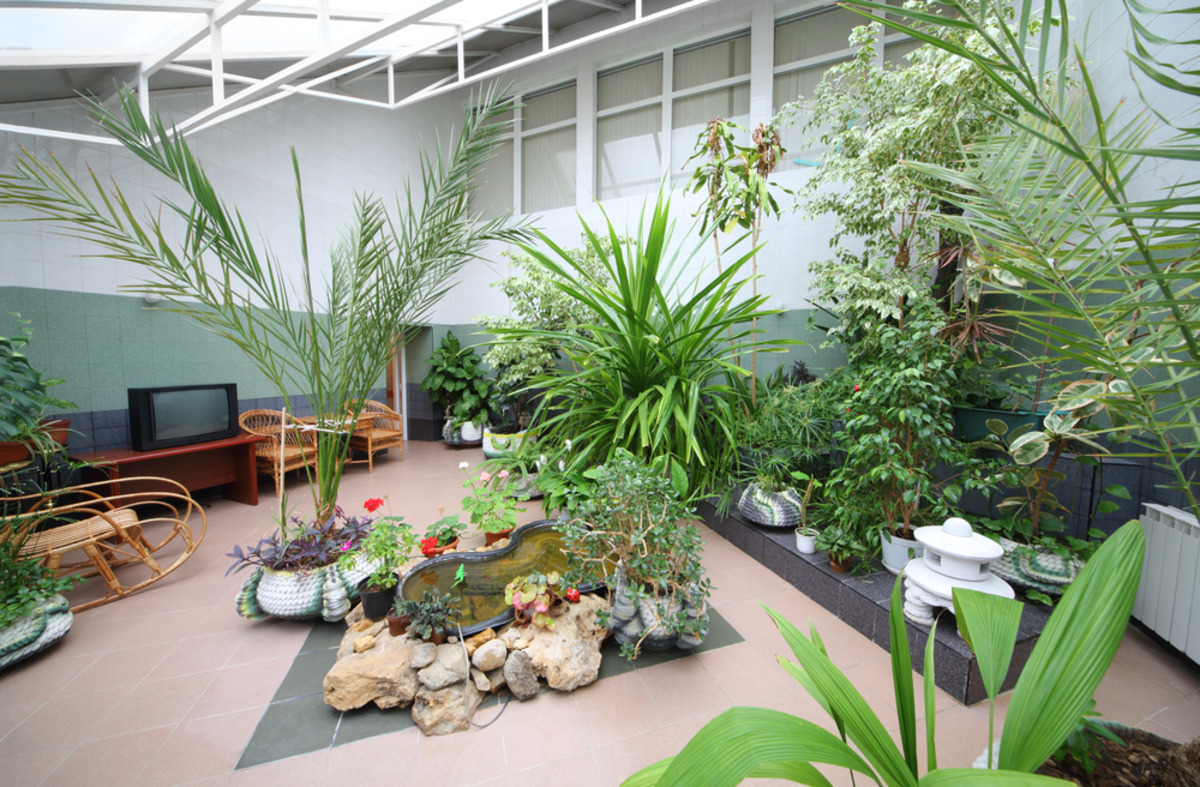
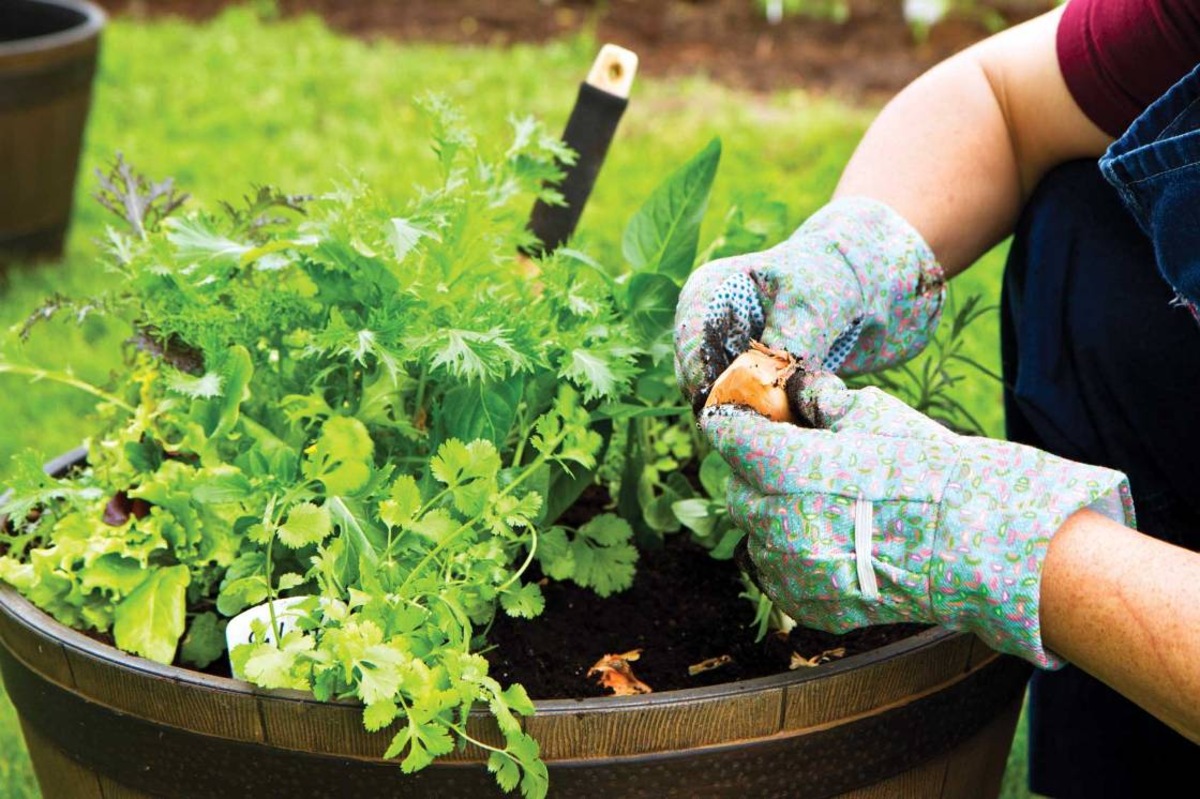

0 thoughts on “How To Care For Thyme Indoors”